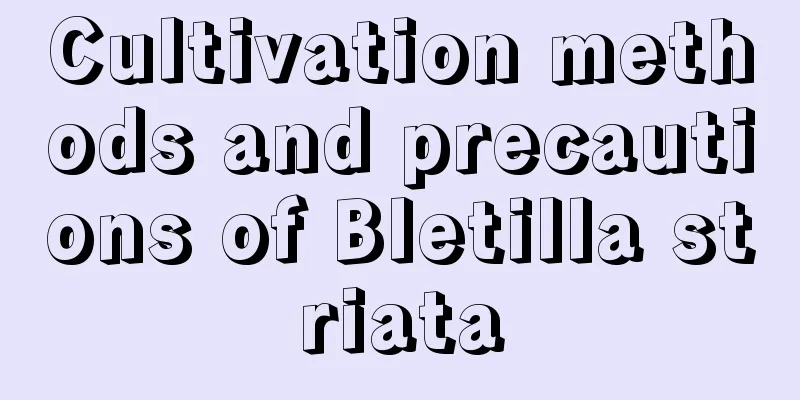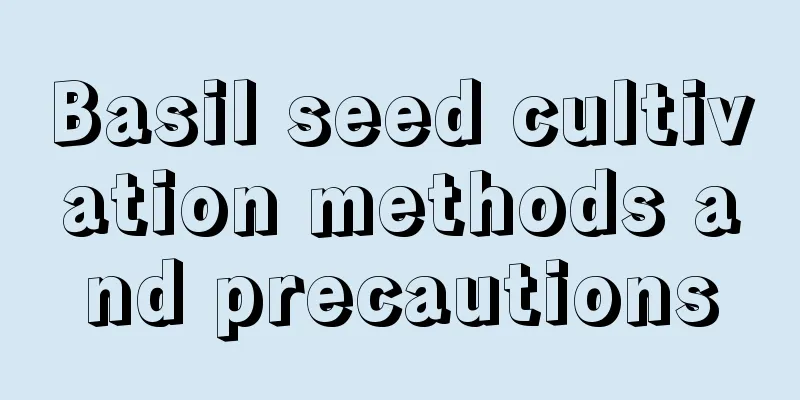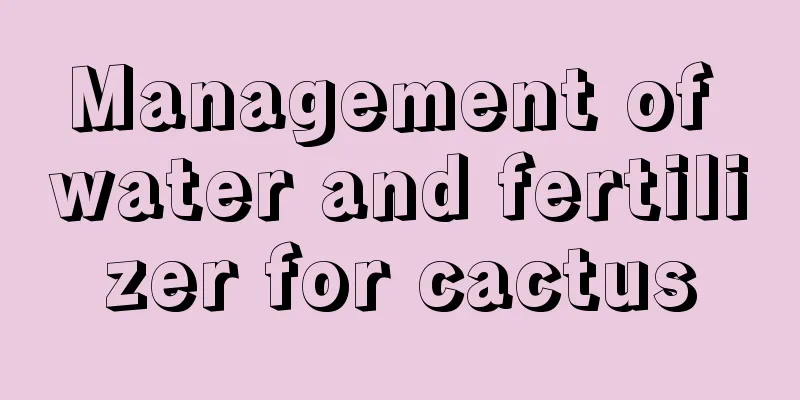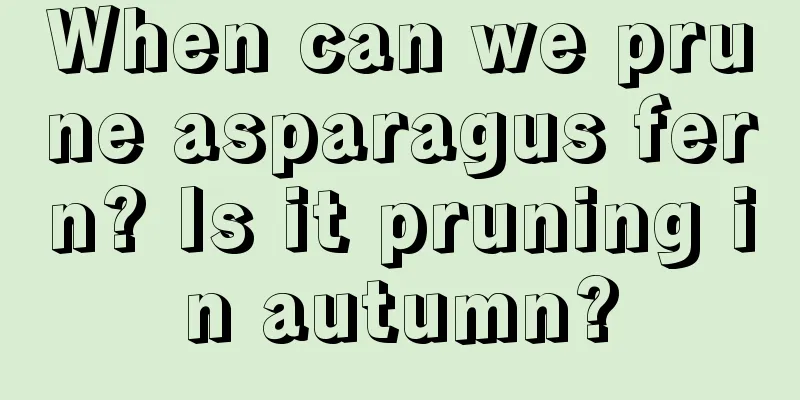Cultivation methods and precautions of Bletilla striata

How to cultivate Bletilla striatasoilFor potted Bletilla striata, you can choose moist soil with good air permeability, looseness, fertility and rich in humus. When potting, you can first fill some broken tiles at the bottom of the pot, then add leaf mold or garden soil mixed with some river sand, and apply some base fertilizer. Light and temperatureBletilla striata likes a warm growing environment, is cold-resistant and shade-tolerant but avoids strong light. When cultivating Bletilla striata, the suitable growth temperature should be kept at around 20℃. High temperatures in summer will easily cause yellowing of leaves, and the best overwintering temperature in winter is 5℃-10℃. Bletilla striata prefers a semi-shaded growing environment. In the hot summer, the light is strong, so it is necessary to pay attention to shading and keep it in a semi-shaded place. Watering and fertilizingBletilla striata likes a humid living environment and is relatively fond of fertilizer. There must be sufficient water and fertilizer during the growth period. The soil should be kept moist and the air humidity should be kept at a high level. Water should be applied frequently during the growing season and water should be replenished in time during droughts. However, because Bletilla striata is not tolerant to waterlogging, it needs to be drained in time when it rains heavily. There should be sufficient fertilizer. During the growth period, dilute fertilizer water should be applied once every half a month, and slightly more concentrated liquid fertilizer should be applied in August and September. Things to note when breeding Bletilla striataReproduction methodBletilla striata is usually propagated by tuber propagation. Dig out the Bletilla striata and cut it into several pieces with a knife, each with 1-2 small buds. It can also be propagated by seeds, but sowing is more difficult, so tuber propagation is more common. Pests and diseasesBletilla striata has fewer diseases and pests. The only disease it suffers is root rot, which is mostly caused by waterlogging. Pay attention to drainage. The pests are mainly cutworms and wireworms, which can be killed manually or by trapping, and pesticides can be sprayed when necessary. |
<<: What are the shade-tolerant flowers?
>>: The breeding methods and precautions of Huang Weng
Recommend
How does Purple Pearl survive the winter?
temperature If your purple pearl plant has grown ...
Shade-loving and cold-tolerant garden trees
1. Papaya Begonia The papaya begonia is a deciduo...
How to fertilize pine red plum
1. Fertilization frequency of pine red plum Pine ...
What kind of soil is good for growing dripping Guanyin
1. Soil requirements 1. Fertilization: Fertile so...
What should I do after the leaf cuttings sprout? What is the reason for only growing roots but not sprouting?
1. How to deal with germination 1. There will be ...
Placing these 6 pots of flowers at home can increase humidity and remove dust, which is more effective than a humidifier!
Pothos It is a commonplace to talk about the gree...
How many years does it take for the walnut tree to bear fruit?
Introduction to Planting Hemp Walnut Trees The or...
How to breed leeches
Leeches, commonly known as leeches , are a relati...
Which month is best for planting cucumbers?
Cucumber , as a typical dicotyledonous vegetable ...
How to grow small-leaf banyan tree
1. Soil The small-leaf banyan tree prefers humus ...
Diseases and Pests of Clover and Their Control
Common diseases of clover and their control Scler...
What kind of soil is best for growing Desert Rose?
Desert rose is a drought-resistant and heat-resis...
How much is the yield of sweet sorghum per mu?
Sweet sorghum yield per mu Sweet sorghum is a com...
Where is the best place to plant wolfberry trees?
Where wolfberry trees are planted Wolfberry trees...
Which month is better to plant lotus seeds?
Lotus seeds are long-day plants that are particul...









